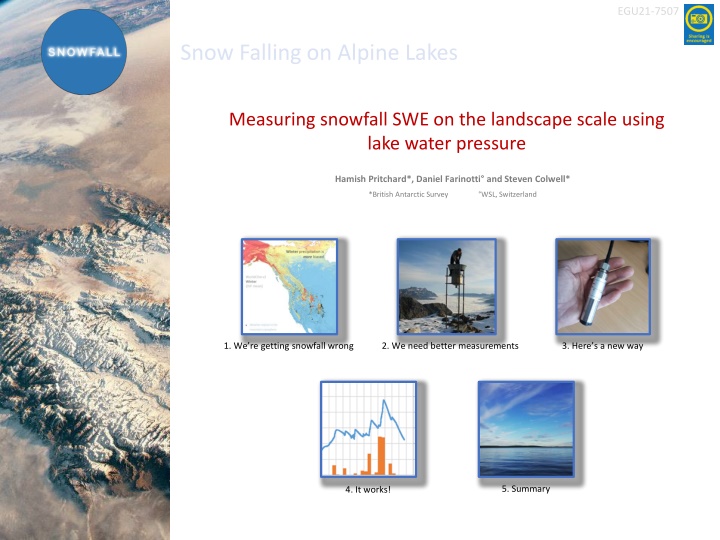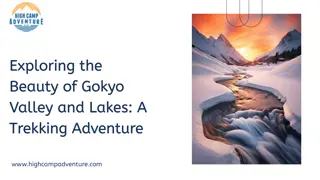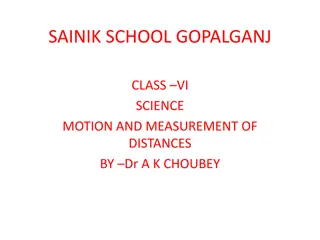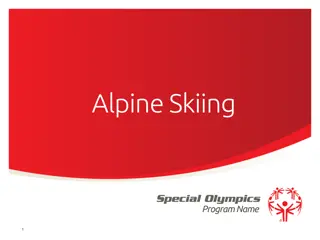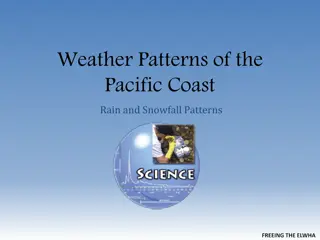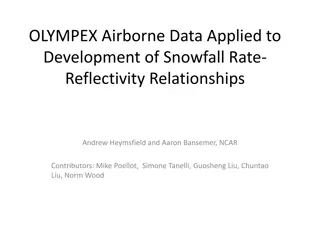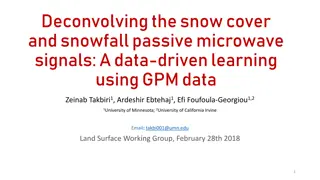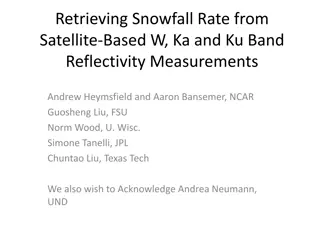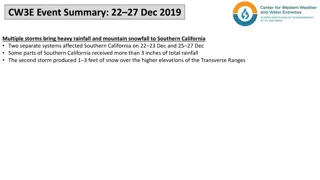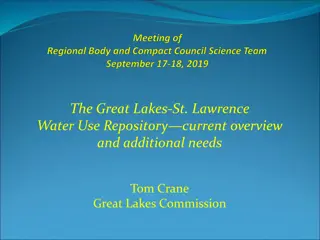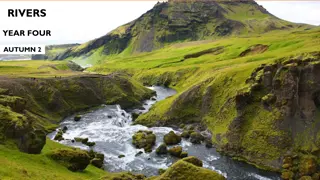Revolutionizing Snowfall Measurement Using Alpine Lakes
Snowfall measurement in mountainous regions has been challenging due to biases in existing methods. A new approach utilizing lake water pressure sensors offers a cost-effective, accurate, and landscape-scale solution. By monitoring changes in water pressure during winter, researchers can estimate snow water equivalent (SWE) without biases from wind or sensor limitations. This method was successfully tested in the Swiss Alps, showcasing its potential for improving snowfall observations globally.
Download Presentation

Please find below an Image/Link to download the presentation.
The content on the website is provided AS IS for your information and personal use only. It may not be sold, licensed, or shared on other websites without obtaining consent from the author.If you encounter any issues during the download, it is possible that the publisher has removed the file from their server.
You are allowed to download the files provided on this website for personal or commercial use, subject to the condition that they are used lawfully. All files are the property of their respective owners.
The content on the website is provided AS IS for your information and personal use only. It may not be sold, licensed, or shared on other websites without obtaining consent from the author.
E N D
Presentation Transcript
EGU21-7507 Snow Falling on Alpine Lakes Measuring snowfall SWE on the landscape scale using lake water pressure Hamish Pritchard*, Daniel Farinotti and Steven Colwell* *British Antarctic Survey WSL, Switzerland 1. We re getting snowfall wrong 2. We need better measurements 3. Here s a new way 5. Summary 4. It works!
EGU21-7507 1) The problem: we re getting mountain snowfall wrong Slide summary: Mountain snowfall is not observed well enough Summer precipitation amounts are biased by this much The greatest biases are in the mountains in winter even where there are lots of weather stations (like in the western US). WorldClim v2 Summer (June-July-August mean) WorldClim v2 Winter (December-January- February mean) and other climatologies have the same problem Bias-correction factor for precipitation xWeather station in the mountain cryosphere CHELSA v1.2 Winter CHPclim v1 Winter Mountain snowfall biases are a global problem WorldClim v2 Winter Bias-correction factor: PBCOR for WorldClim v2, Beck et al. (2020) Bias correction of global high-resolution precipitation climatologies using streamflow observations. Weather stations: selected Global Historical Climatology Network stations located in mountains where January or July mean temperature is below freezing. Mountains: as defined by Karagulle et al. (2017) Modeling global Hammond landform regions from 250 m elevation data.
EGU21-7507 2) What s wrong with existing snowfall observations? Lots of options: Manual observations of SWE (Snow Water Equivalent) - infrequent Pluviometers often biased WMO reference station >$7000 Fences and bushes reduce wind bias but are rarely used. Other SWE gauges rare, expensive, range or bias problems pillow scales $17,000 - - too few (difficult, expensive to install and maintain) too biased (undercatch, sensor saturation etc.) $28,000 Most importantly: too small!(point measurements) gamma $34,000 impedance $27,000 cosmic ray $21,000
EGU21-7507 3) There is another way - use lakes to measure snowfall SWE 1. Find a lake 2. Add a water-pressure sensor 3. Wait for winter (runoff stops) 4. Falling snow increases pressure 5. And repeat water pressure P+ summer winter Practicality advantages a) low cost, low power, lightweight, easy to deploy, simple, robust Accuracy advantages b) no bias from wind undercatch (submerged sensor) c) no bias from bridging (larger than pillows) d) no bias from sensor saturation (large range, e.g. 10 m WE) e) no need to guess density etc. (direct measurement of mass = SWE) Pritchard HD et al. (2021) Measuring Changes in Snowpack SWE Continuously on a Landscape Scale Using Lake Water Pressure. J. Hydrometeorology. 22(4):795-811.
EGU21-7507 4) Using lakes to measure snowfall SWE: Swiss Alps Winter 2018/19 water-pressure from Tomasee, and precipitation from nearby AWS Lake Tomasee, Switzerland (alt. 7700 ft), source of the River Rhine. NB/ Tomasee is 1.25 million times larger than the AWS pluviometer. Correcting for lake drainage to get snowfall SWE: Measure the pressure rise ..to get snowfall SWE and its uncertainty e.g.: = 7.3 0.3 mm W.E. ( 4%) and correct for drainage Precision advantages f) uncertainty quantified from the observations Pritchard HD et al. (2021) Measuring Changes in Snowpack SWE Continuously on a Landscape Scale Using Lake Water Pressure. J. Hydrometeorology. 22(4):795-811.
EGU21-7507 It works on big lakes too: Finnish Arctic AA AA = AROME-Arctic 2.5 km weather model Lake Oraj rvi: 10.95 km2 (274 million times larger than the nearest pluviometer) big lake vs tiny AWS Sampling advantages of a lake sensor g) no need to scale-up from point measurements (lakes can be as big as grid cells) h) very large potential sample (e.g., 25,000 mountain lakes just in the contiguous USA) 5. Summary Existing snow measurements are too sparse, too poorly distributed, too infrequent,too biased and too small to represent snowfall SWE in mountain landscapes. Snowfall SWE can instead be measured using lake water pressure. This has important advantages in accuracy, practicality, precision and sampling over existing instruments. Pritchard HD et al. (2021) Measuring Changes in Snowpack SWE Continuously on a Landscape Scale Using Lake Water Pressure. J. Hydrometeorology. 22(4):795-811. Patent pending: PCT/GB2021/050398
